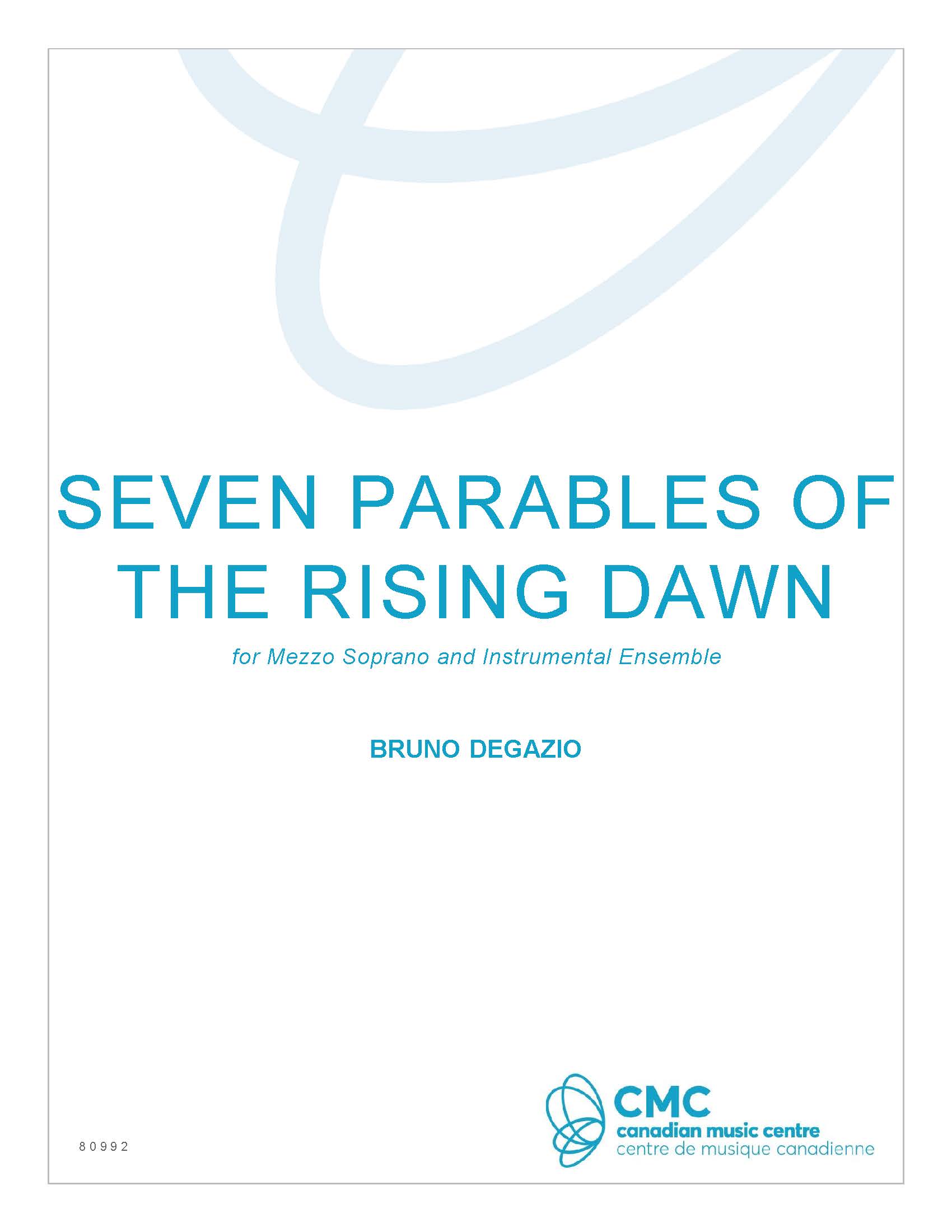The Text
Aurora Consurgens (The Rising Dawn), is a medieval text (ca. 1274) attributed to Thomas Aquinas, the great scholar and saint. It was largely forgotten for nearly 700 years before being rediscovered by C.G. Jung in the 1940s. Jung recognized the book as a model for his theory of psychological maturation, which he called “Individuation”. It was translated into English by his assistant and collaborator Marie-Louise von Franz in 1966 as “On the Problem of Opposites in Alchemy.”
The book takes the form of seven dramatic dialogs between an alchemist and a Divine female figure known as Sophia, or Wisdom, which describe the stages of the “Science of God” (Alchemy). These stages are part of a process of transformation in which Sophia and the alchemist experience a fall into darkness and subsequent long, painful return to the light.
Throughout the process, the alchemist and his guide delve into various alchemical symbols and processes, drawing parallels to the spiritual journey of the soul. Their quest is ultimately one of self-discovery and a deeper understanding of the presence of the divine light within each individual.
The Music
The parables take the form of a cycle of seven songs, played without break. The songs are:
Parable 1. Of the Darkness in the Earth
a) Come, Children!
b) The Tree of Life
Parable 2. Of the Black Flood
Parable 3. The Prison of Iron
Parable 4. The Science of God
a) Heat and Cold
b) Ave Maris Stella
Parable 5. The Treasure House
Parable 6. All Things Serve the Earth!
a) Viderunt Omnes
b) Regina Caeli
Parable 7. The Dialogue of the Lover and the Beloved
a) Come, Beloved!
b) Let Us Go Into the Garden
The music makes use of a contemporary harmonic idiom, while also quoting from various plainchant hymns and polyphonic music from the 11th-13th centuries which St.Thomas might have known. These include Ave Maris Stella, Perotin’s Viderunt Omnes, and most importantly Regina Caeli, which functions as an idee fixe throughout.
____________________________

